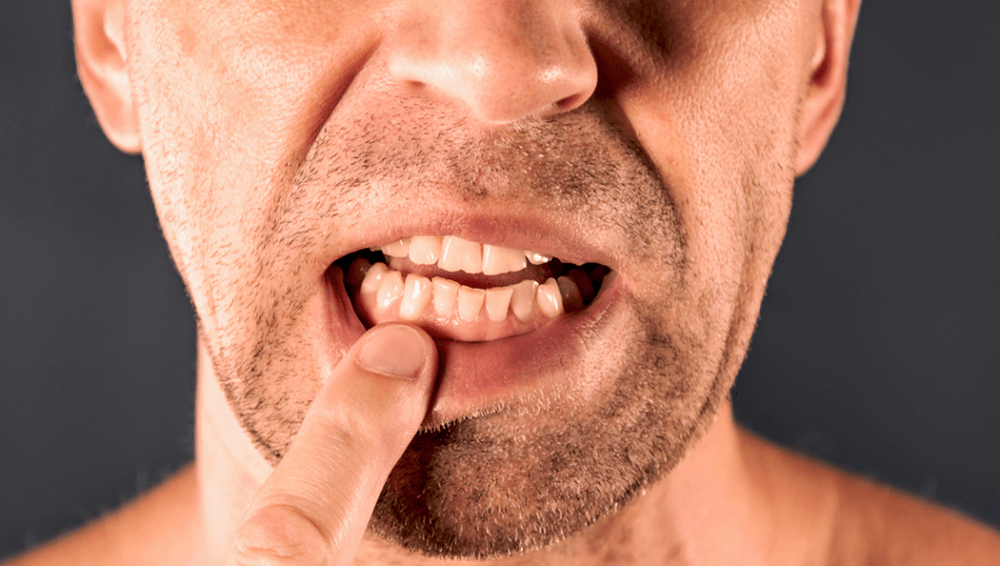
Health experts raise alarm over ‘appalling decline’ in UK child health
In a stark warning to the nation, leading health experts have highlighted an ‘appaling decline’ in the health and wellbeing of the UK’s children, attributing this trend to increasing instances of obesity and tooth decay among the youth. The Academy of Medical Sciences has released a report urging immediate intervention to halt the decline of physical and mental health in children under five years of age across Britain.
Professor Helen Minnis, co-chair of the report and a distinguished academic from the University of Glasgow, has painted a grim picture of the current state of child health in the UK. “We are witnessing a disturbing increase in child mortality rates, with the UK lagging in infant survival compared to its peers. A plethora of preventable physical and mental health issues is afflicting our youngest, which demands prompt and decisive action,” Minnis stated.
The report sheds light on alarming statistics, revealing that over 20% of children aged five have either obesity or overweight. Furthermore, tooth decay has emerged as a prevalent concern, affecting one in four children. The financial repercussions of this health crisis are staggering, with the report estimating the cost to exceed £16 billion annually.
A particularly concerning trend noted in the report is the decline in vaccination rates across the UK, which now fall below the safety benchmarks established by the World Health Organization. This decline poses a significant threat to the nation’s capability to fend off future outbreaks of severe childhood illnesses.
This call to action resonates amid a growing chorus among medical professionals advocating for enhanced access to childhood vaccinations and addressing the rising vaccine hesitancy within certain communities.
The report also forecasts that the issue of child health, particularly the increasing rates of obesity and declining stature compared to international standards, will become a focal point in the forthcoming general election.
The Labour Party has pointed fingers at the current government’s policies for exacerbating health issues among children, particularly highlighting tooth decay as the leading cause of hospital admissions for children between six and ten years of age.
“The evidence is unequivocal: we are failing our children. If we do not place the health of infants and young children at the forefront of our priorities, we risk consigning many to a future of diminished health and unfulfilled potential. The moment to act is now,” Professor Minnis stated emphatically.
The Royal College of Paediatrics and Child Health has backed the report’s findings, describing them as “alarming evidence that the UK is failing too many of its children.”
In response, a government spokesperson defended the administration’s track record, highlighting several measures aimed at improving child health. “Significant steps have been taken, including substantial reductions in sugar content in children’s food, investing over £600 million to enhance the quality of children’s sports, and promoting healthy diets among lower-income families through initiatives like Healthy Start,” the spokesperson noted.
Additionally, the government underscored its investment of an extra £2.3 billion annually into mental health services and pointed to a 14% increase in the number of children seen by NHS dentists in the previous year as evidence of its commitment to reversing the decline in child health.
Read More
Obesity raises risk of gum disease
According to new research from the University of Buffalo, chronic inflammation caused by obesity may trigger the development of cells that break down bone tissue, including the bone that holds teeth in place. The study sought to improve understanding of the connection between obesity and gum disease.
The study also found that excessive inflammation resulting from obesity raises the number of myeloid-derived suppressor cells (MDSC), a group of immune cells that increase during illness to regulate immune function. MDSCs, which originate in the bone marrow, develop into a range of different cell types, including osteoclasts, a cell that breaks down bone tissue. This research was published in October in the Journal of Dental Research
Also known as periodontal disease, gum disease affects more than 47% of adults 30 years and older, according to the Centers for Disease Control and Prevention. Bone loss is a major symptom of gum disease and may ultimately lead to tooth loss.
Keith Kirkwood, professor of oral biology in the School of Dental Medicine at the University of Buffalo said the following about the study, “although there is a clear relationship between the degree of obesity and periodontal disease, the mechanisms that underpin the links between these conditions were not completely understood.”
“This research promotes the concept that MDSC expansion during obesity to become osteoclasts during periodontitis is tied to increased alveolar bone destruction,” says Kyuhwan Kwack, postdoctoral associate in the Department of Oral Biology. “Taken together, this data supports the view that obesity raises the risk of periodontal bone loss.”
The findings may shed more light on the mechanisms behind other chronic inflammatory, bone-related diseases that develop concurrently with obesity, such as arthritis and osteoporosis, Kirkwood says.
Read More